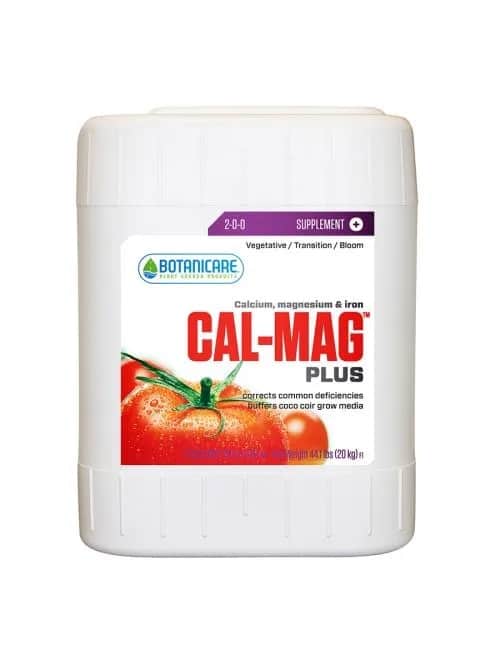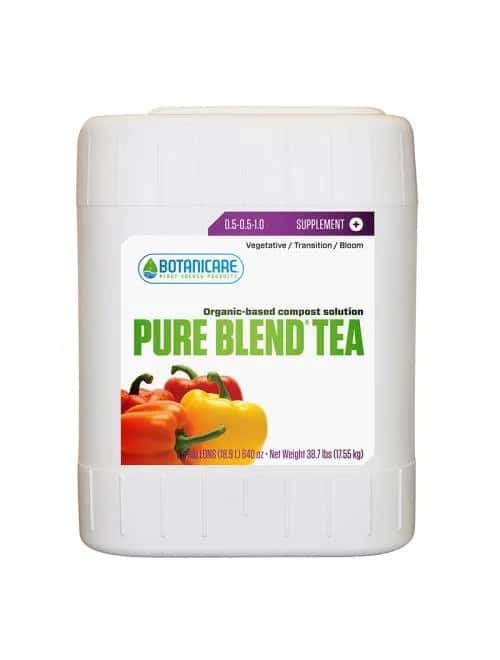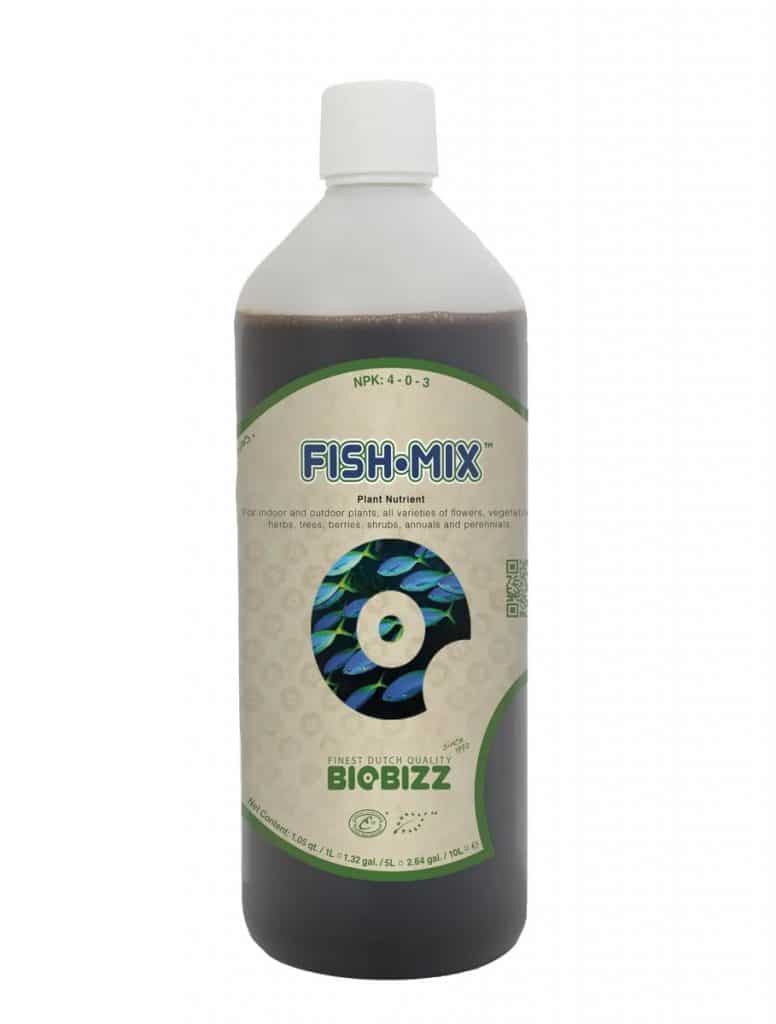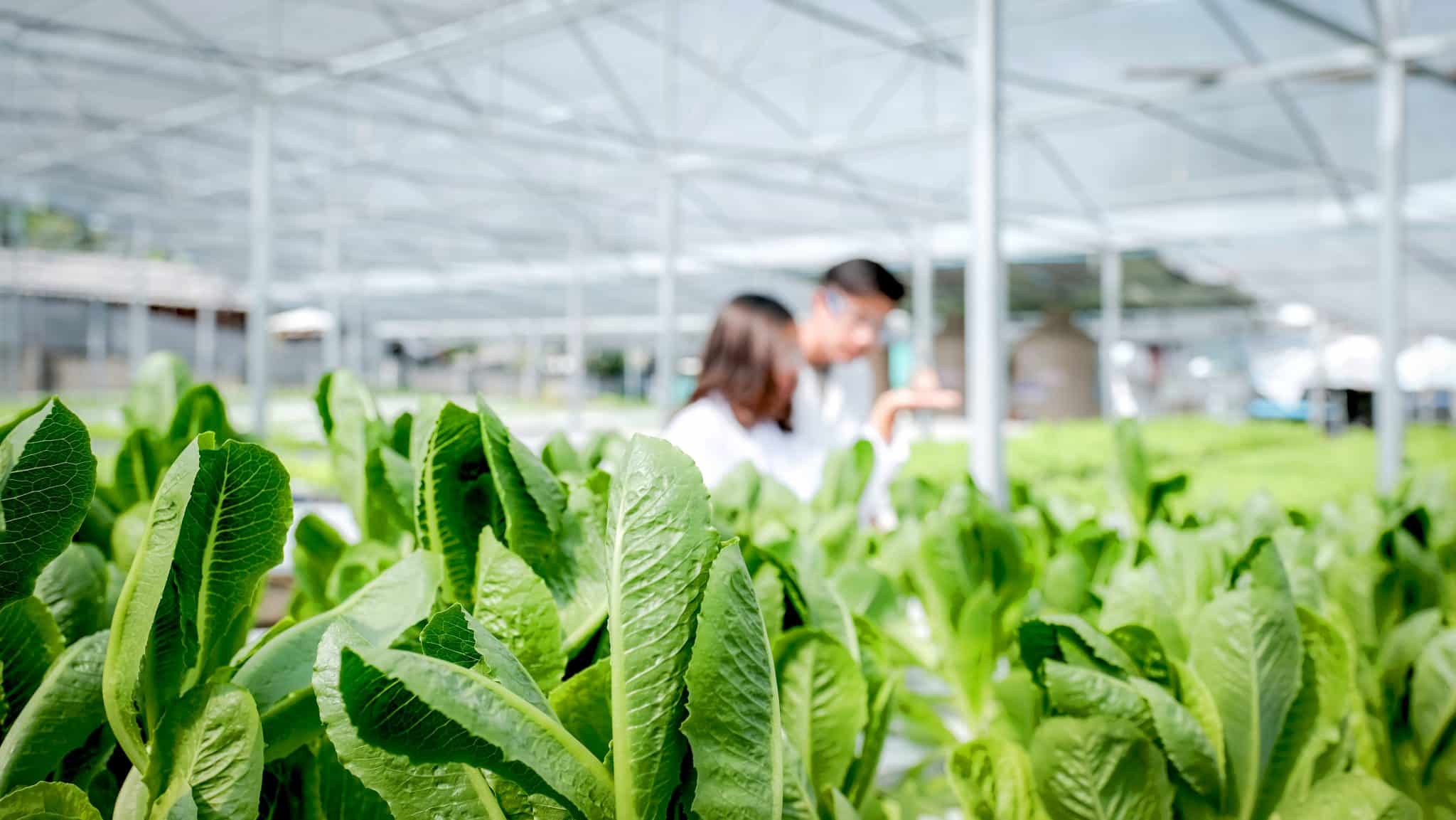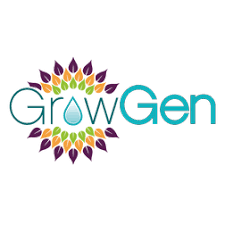Gardeners know the pain of investing time and money into their plants only to find them discolored or in poor health. Often, these signs are a result of nutrient deficiency in plants. Growing robust plants requires feeding a balance of solutions with various micronutrients and macronutrients. If given incorrectly, plant health can suffer.
Below is a breakdown of plant nutrient deficiency and treating it with the right nutrients, supplements, and additives.
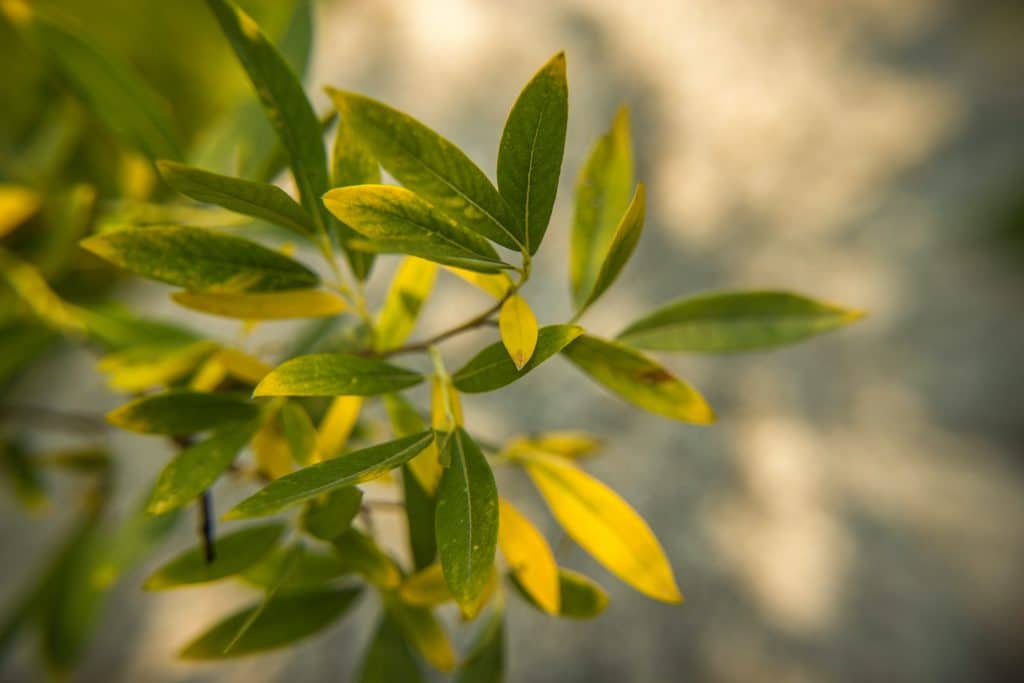
Nutrients, Supplements, & Additives for Nutrient Deficiency in Plants
Identifying which nutrients your plants are deficient in is essential before attempting to fix the issue. The most common nutrient deficiencies are magnesium, calcium, and iron. Although calcium and magnesium are secondary nutrients, they’re required in larger amounts.
Since iron is a micronutrient, it can become easily lost — even by having the wrong pH. Even if you have all the right elements, if you have the wrong pH, you will have a nutrient deficiency. Hydroponic plants generally prefer a slightly acidic nutrient solution with a pH of around 5.8-6.3.
Most plant nutrient deficiencies are categorized in the below elements:
- Sulfur
- Magnesium
- Nitrogen
- Phosphorus
- Potassium
These elements are essential in plant development and growth because they provide the nourishment needed to thrive in an indoor artificial environment. Depending on the deficiency type, plants will show various signs, which we’ll break down below. Be sure to know which nutrients are deficient before adding more.
Cal-Mag for Calcium & Magnesium Deficiencies
Cal-Mag is a solution that addresses calcium and magnesium nutrient imbalances in most plants.
Some signs of calcium and magnesium deficiencies in plants are:
- Slow plant growth — including flower and fruit development
- Spots on young leaves — one of the first signs
Many Cal-Mag supplements are available, and they generally contain the same nutrients. Cal-Mag is best used during a plant’s vegetative stage because nitrogen content could be too high for plants that are flowering or producing fruit.
Alfalfa & Cottonseed Meal for Nitrogen Deficiency
Alfalfa and cottonseed meal are one of the best ways to treat a nitrogen deficiency in plants. It’s used as a dry soil amendment, and best applied when plants show signs of new growth.
Some signs of nitrogen deficiency in plants are:
- Yellow lower leaves — may turn a wispy, pale white as the lack progresses
- Growth delays — minimal growth and small leaves
Nitrogen is one of the fundamental nutrients because it supports plant growth by promoting chlorophyll production needed for photosynthesis.
Chelated Fertilizer for Nutrient Uptake
Chelated fertilizers, also known as chelated minerals, are bonded with organic matter. They’re responsible for making nutrients more accessible to the plant’s roots. Typically, liquid fertilizers use chelated minerals and target specific nutrient imbalances such as iron and zinc deficiency. They’re commonly used in both hydroponic and soil gardens.
Calcium Nitrate for Calcium Deficiency
Calcium nitrate is another nutrient solution for combatting a calcium deficiency in root growth. This element is essential for growing media as it affects adjusting pH in nutrient solutions.
Some signs of calcium deficiency in plants are:
- Blossoms or buds shedding prematurely
- Weak stems
- Dead buds and tips of plant roots
Calcium nitrate is typically applied as a sprayed solution and should be added before the plants are added. Additionally, a second coat should be applied once the plant grows and flowers before producing fruit.
Compost Tea for Calcium & Zinc Deficiencies
Compost tea is popular for solving calcium and zinc deficiencies in plants, and it’s easy to see why. It’s rich in beneficial microbes and nutrients and best added to the growing medium before planting.
Some signs of zinc deficiencies in plants are:
- Yellow leaf veins
- Stunted vertical growth
- Bunched leaves
- Delayed flower production
Compost tea uses high-quality compost to create a nutrient-rich liquid tea that can be used in hydroponic systems, at ground level to water plants, or as a foliar spray.
How to Make Compost Tea
You can purchase compost tea fresh from local garden centers or DIY.
Growers will need the following to make compost tea:
- Gallon-sized hydroponic container with a handle
- Water pump with a bubbler
- Nylon stocking
- Sterilized organic compost
Depending on the plant’s nutrient deficiencies, it can be used as a spray or liquid feed.
Fish Emulsion & Meal for Nitrogen Deficiencies
Fish emulsion and meal are excellent soil additives for addressing nitrogen deficiencies because they contain micronutrients. Fish emulsion is left over after the fish has been pressed for oil. Fish meal is made up of the inedible parts of a fish ground into a fine powder.
Both fish emulsion and fish meal are meant to enhance soil. The emulsion allows younger leaves on plants quick access to available nitrogen, and the meal provides a slow and steady nitrogen release.
Gypsum for Calcium Deficiencies
Gypsum is a mineral that’s a hydrated form of calcium sulfate. It’s used for correcting sodium pH levels and is an excellent source of calcium. In addition to helping the plant’s nutrient uptake, adding it directly to the top of soil that has developed a hard crust will break it up and allow more water drainage.
Iron Supplements for Iron Deficiencies
Chelated iron is the most common form of iron supplement for plants. It should be added to plant tissue by itself, as any other fertilizer could cancel out the effects of the iron supplement.
Some signs of iron deficiency in plants are:
- Chlorosis – yellowing plant leaves (sometimes brown tips or white in extreme cases)
- Interveinal chlorosis- yellowing plant leaves with dark green veins
Iron deficiency commonly happens when the soil pH is off, as it can block the roots from absorbing vital micronutrients.
Magnesium Sulfate for Magnesium Deficiencies
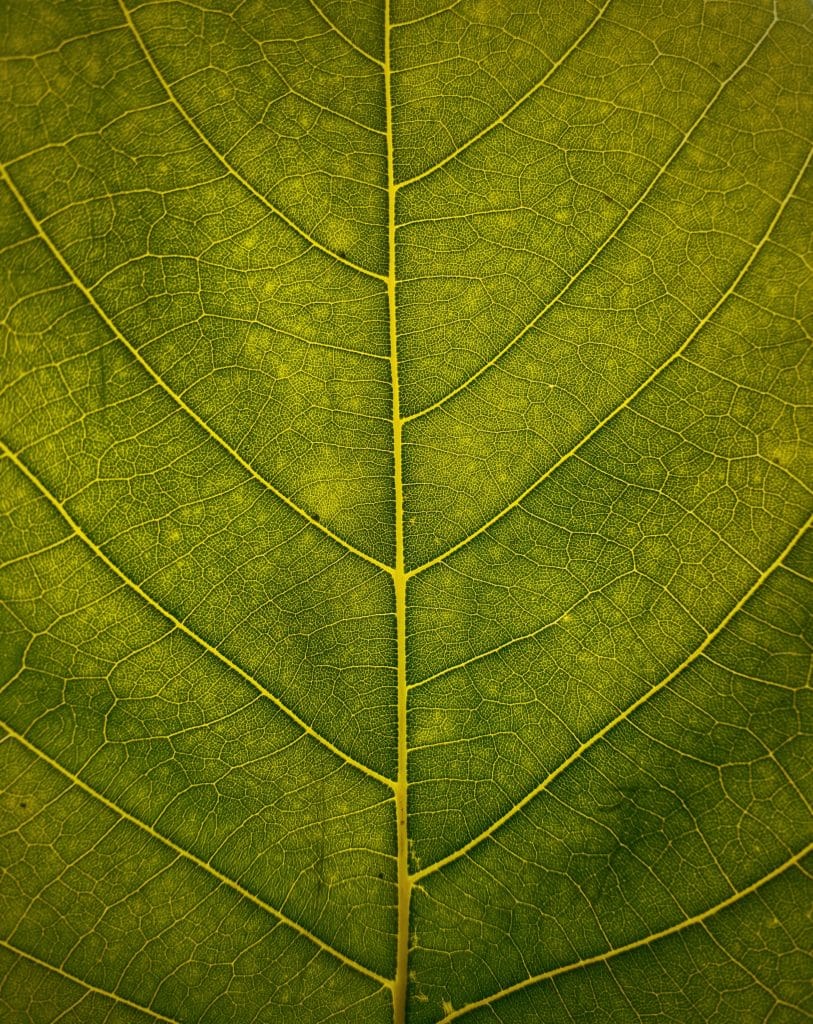
Magnesium sulfate, commonly known as Epsom salts, has been an essential nutrient additive for ages. A teaspoon of magnesium sulfate in a water reservoir can address sulfur or magnesium deficiency. It can also be used as a foliar spray.
Some signs of sulfur and magnesium deficiency in plants are:
- Yellow veins or leaves — sometimes with red, brown, or purple tints
- Small new leaves
- Slow plant growth
- Poor crop production
There are many ways that a plant nutrient deficiency can happen. However, when caught and addressed early, plants and their roots will unlikely sustain any permanent damage. Growers must be aware of the signs of nutrient deficiencies in plants and be familiar with the various methods of correcting them with organic matter.
Replenish Your Plant’s Nutrient Deficiencies Today
Many nutrients, supplements, and additives are available to help with nutrient deficiencies in plants. Some options include organic nutrients, synthetic, liquid, dry, nutrient sets, and boosters.
Ready to replenish your plant’s nutrient deficiency? Shop hydroponic nutrients, supplements, and additives at GrowGeneration today!



